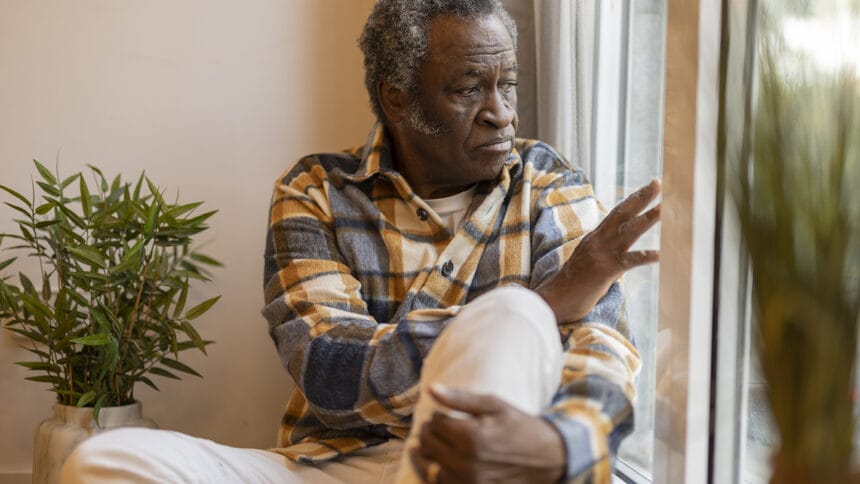
An intervention for older adults with recent injuries had a positive impact on anxiety and depression when it started, but the results didn’t last when researchers evaluated the results a year after the study started. The program didn’t improve physical function or quality of life for participants, according to a report published Wednesday in JAMA Internal Medicine.
The trial was conducted at four level 1 trauma centers in Indianapolis, IN, and Madison, WI, between October 2017 and October 2021. Participants were all 50 and older (average age was 69.3 years old) and had a severe injury but not traumatic brain or spinal cord injury. A total of 430 people were randomized and 299 completed 12-month follow-up.
Participants received six months of trauma medical home, or TMH, treatment from a nurse care coordinator under the guidance of an interdisciplinary team with a trauma surgeon, pulmonary critical care and geriatrician doctors, nurses and psychologist, along with primary care. The goal of TMH was to remove obstacles impairing recovery such as poor adherence to postdischarge medication and therapies, fragmented care, and inadequate attention to medical, psychological and cognitive aspects of recovery.
Researchers used medical outcome scores as well as physical performance tests at 12 months. People also completed questionnaires and had an anxiety measurement.
There were no significant differences between the intervention and usual care groups at 12 months. But those with anxiety and depression symptoms at the start of the study showed improvements as a result of the intervention.
The authors said the TMH intervention was based on previous collaborative care models that were successful. So, what was behind the less-than-positive results, for the most part? The authors said the intervention may not have been deployed long enough. Also, the study population may not have been the optimal group for the program.
“Despite these limitations, our study underscores the enduring impact of injury on quality of life and the need for interventions to mitigate this burden on patients,” the authors wrote.



